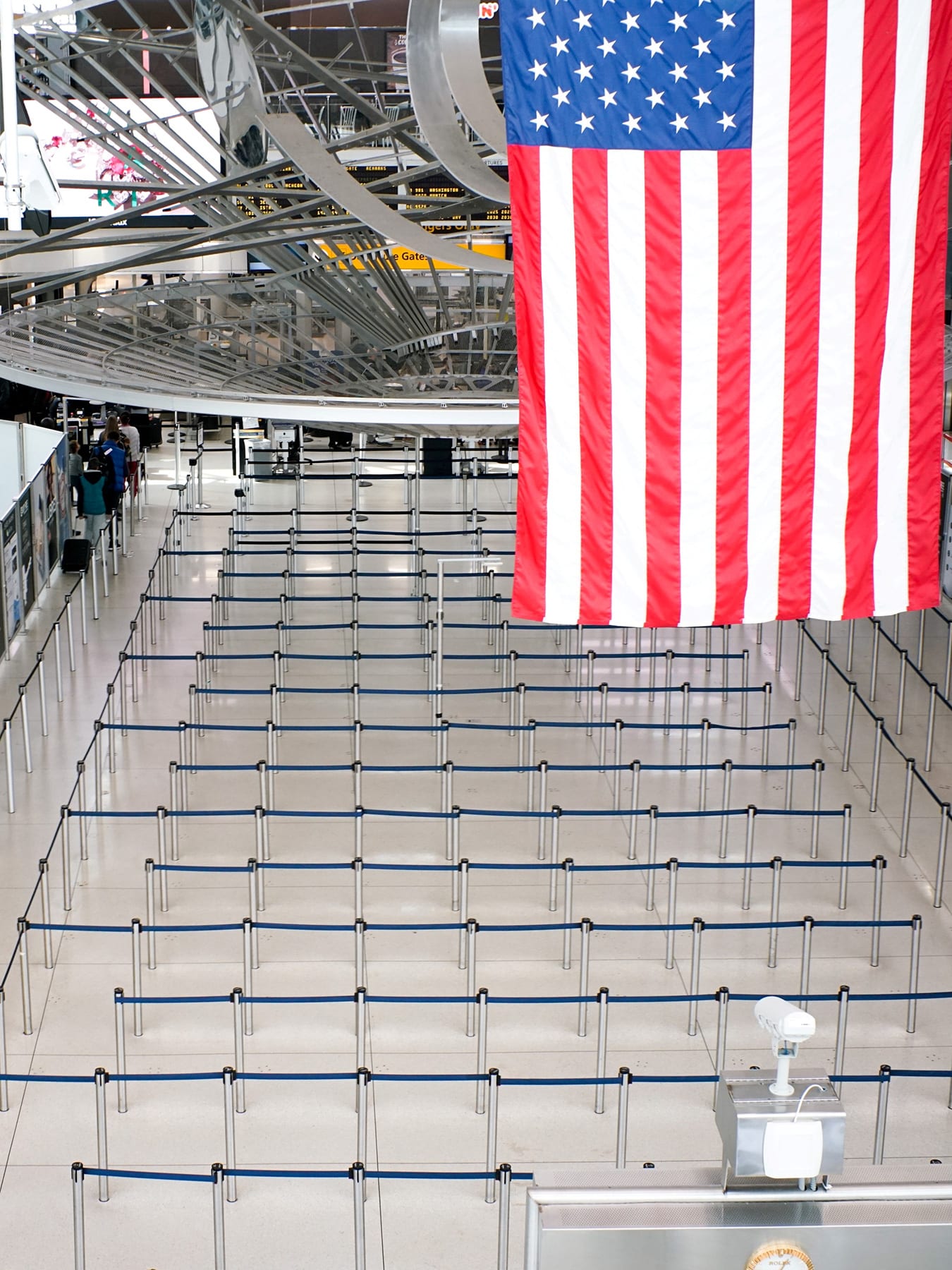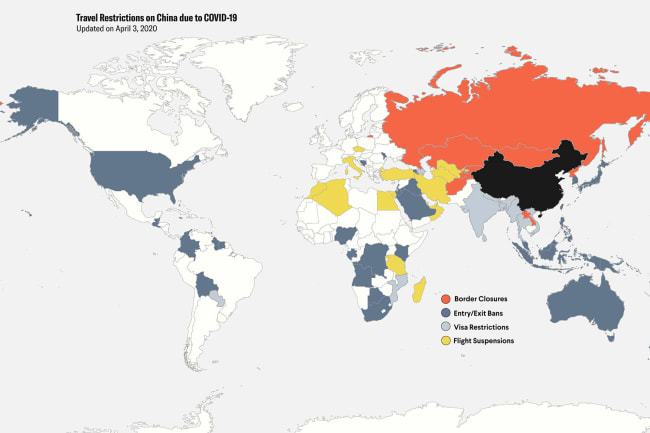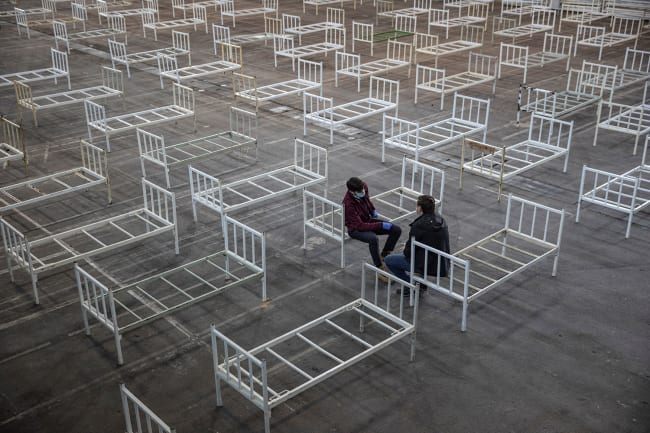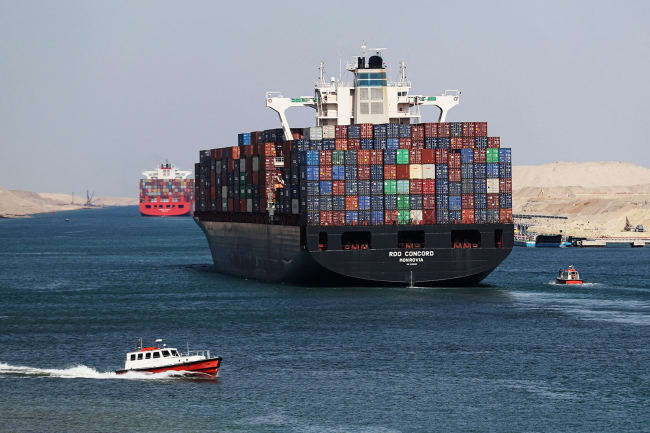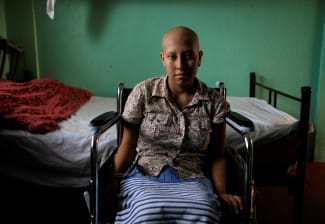Based on government statements, official state media stories, and reporting from mainstream independent journalism outlets, Think Global Health has identified ninety-six countries and territories that have imposed some form of travel restriction against China during the COVID-19 outbreak. Restrictions include:
- Border closures, defined as a partial or total closure of a land border with China;
- Entry or exit bans, which generally restrict the ability of nationals to depart from their country for travel to China or the ability of foreign travelers, nationals, or both from entering a country after traveling from or transiting through China;
- Visa restrictions, which include total or partial visa suspensions or restrictions, such as halting visa-on-arrival programs, for travelers originating from or traveling through China; and
- Flight suspensions, which include government bans on flights to or from China and suspension of flights to and from China by state-owned airlines.
Effective March 28, China has imposed its own international travel restriction, suspending entry by foreign nationals holding visas or residence permits.
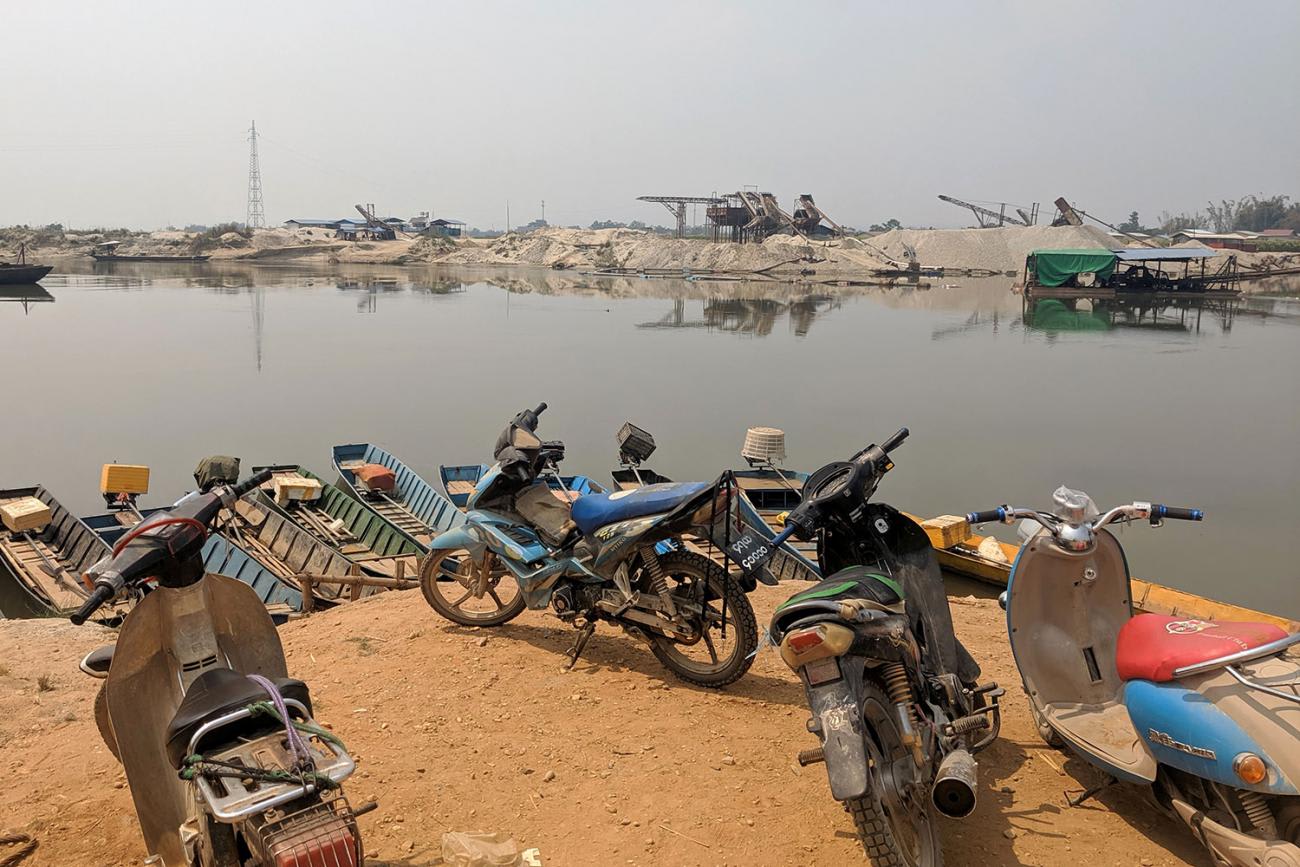
These travel restrictions have neither stopped the spread of this novel coronavirus nor prevented it from becoming a pandemic. Early research and scenario analysis, however, suggest the combination of travel restrictions within China and international travel restrictions against China may have delayed the spread of COVID-19, but more so in nations that also use that time to reduce community spread of the virus. Many nations, however, may not have done so.
WHO discouraged travel bans during Ebola, in part due to potential to create "false impression of control"
During the 2014 Ebola virus disease outbreak, the World Health Organization discouraged the use of travel bans, in part, because of their potential to create "a false impression of control"—a misperception that the ban was sufficient to stop the spread of disease. There is also limited research to support that travel bans helped minimize the spread of four other emerging infections earlier this century, including the coronaviruses the Middle Eastern Respiratory Syndrome (MERS) and Severe Acute Respiratory Syndrome (SARS).
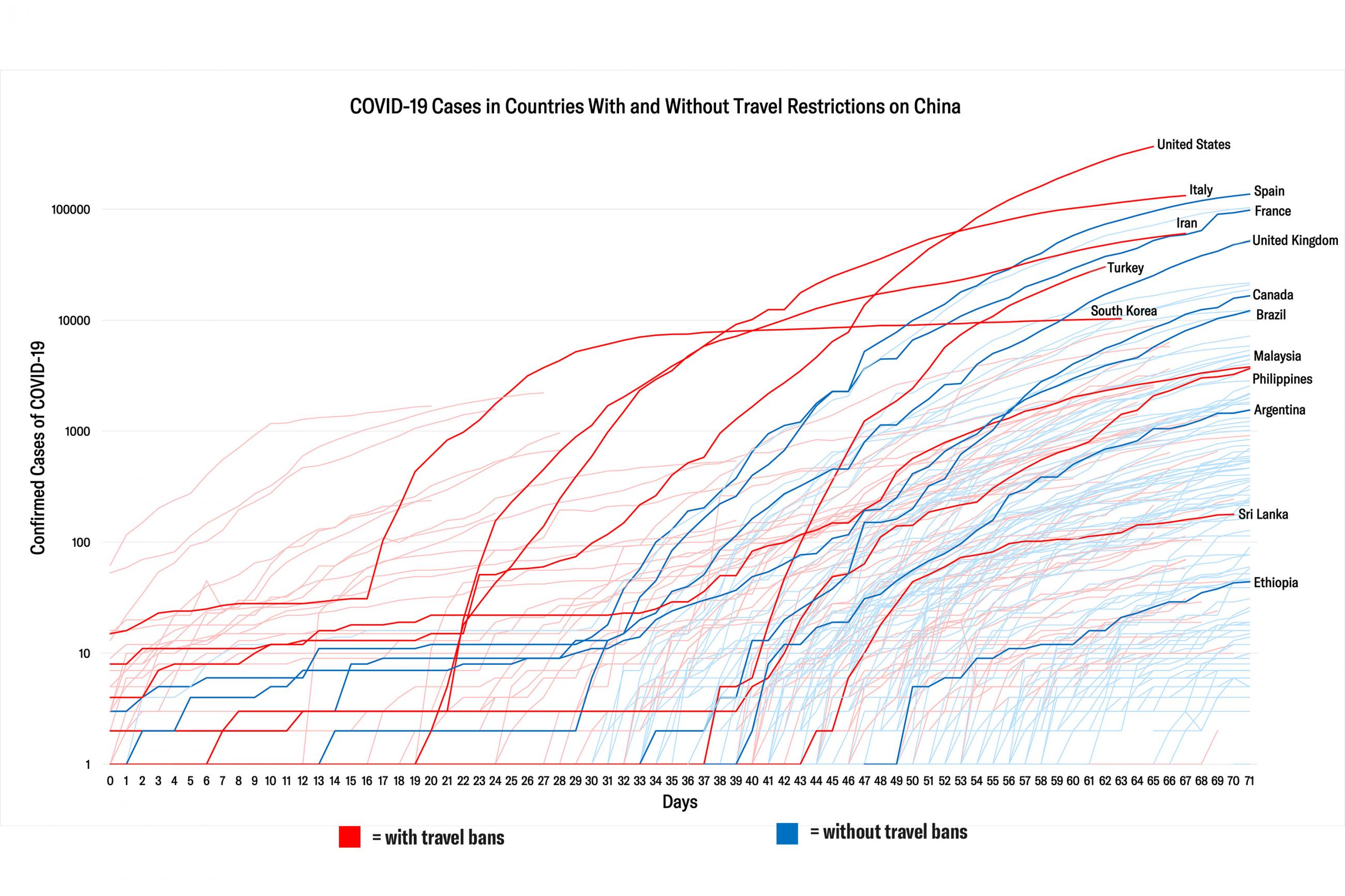
The figure above tracks the increase in cumulative reported COVID-19 cases in those countries with travel restrictions on China (in red) and those without such restrictions (in blue), through April 6. The countries with bans are indexed, showing the cumulative growth in reported COVID-19 cases since the day each country imposed its first travel restriction. The countries without travel bans are indexed to January 27, when an increasing number of countries began imposing travel restrictions.
There is limited research to support that travel bans helped minimize the spread of four other emerging infections earlier this century
Among these ninety-six countries and territories imposing travel restrictions, the median duration of travel restrictions has been sixty-six days and the most frequently seen duration has been sixty-eight days, dating to January 31. The figure does not show countries without confirmed COVID-19 cases as of April 6, which includes sixteen WHO member countries that have imposed travel restrictions against China. Most are small Pacific island countries or nations suspected to have unreported cases, such as North Korea, Tajikistan, and Turkmenistan. The figure below shows the same results, adjusted for population size. It depicts the increase in cumulative reported COVID-19 cases per one million inhabitants in those countries with travel restrictions on China (in red) and those without such restrictions (in blue). This analysis excludes countries with fewer than 1,000 reported cases or countries with population of less than one million inhabitants, such as Iceland and Luxembourg. The information provided in this article and these two figures will be updated periodically to reflect new COVID-19 case reports.
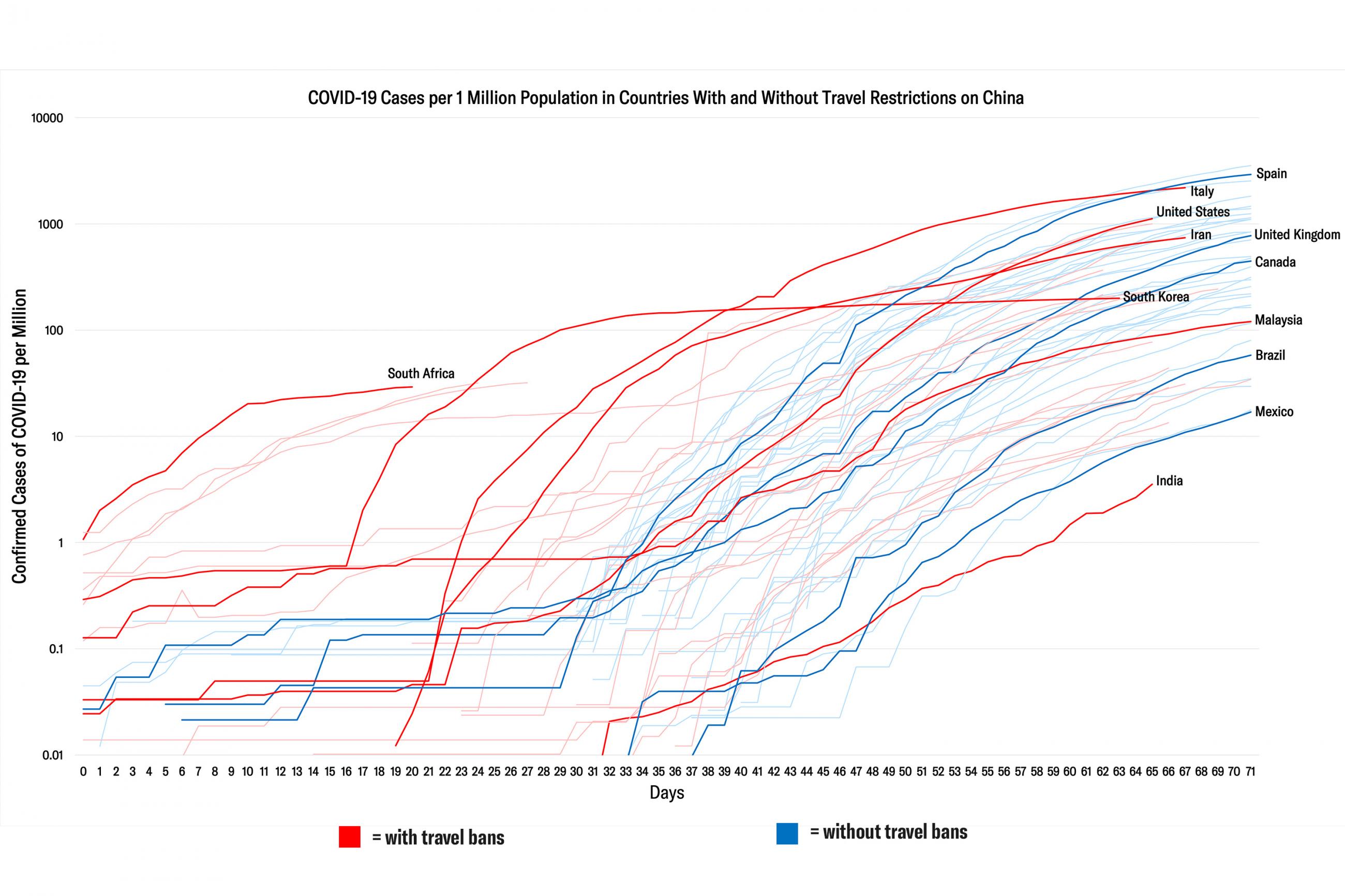
Article 43 of the International Health Regulations (IHR), a binding international treaty, legally restricts the measures countries can implement when addressing public health risks to those measures that are supported by science, commensurate with the risks involved, and comply with any specific WHO guidance. States that implement additional measures that "significantly interfere with international traffic" are required to report those restrictions to WHO. As defined by the International Health Regulations, significant interference may include refusal of entry or departure of international travelers or their delay for more than twenty-four hours.
WHO has not recommended travel or trade restrictions against China or other affected regions
On January 30, WHO declared the outbreak of COVID-19, the respiratory disease caused by the novel coronavirus originating in China in 2019, a public health emergency of international concern (PHEIC). Since doing so, WHO has not recommended travel or trade restrictions against China or other affected regions, and in updated guidelines on managing ill travelers and considerations for quarantine has yet to recommend any restrictions on trade or travel. As of March 27, the WHO indicates that 136 nations reported health measures that interfere with international traffic, a broad measure that includes quarantine and any other restrictions that delay travelers more than twenty-four hours.
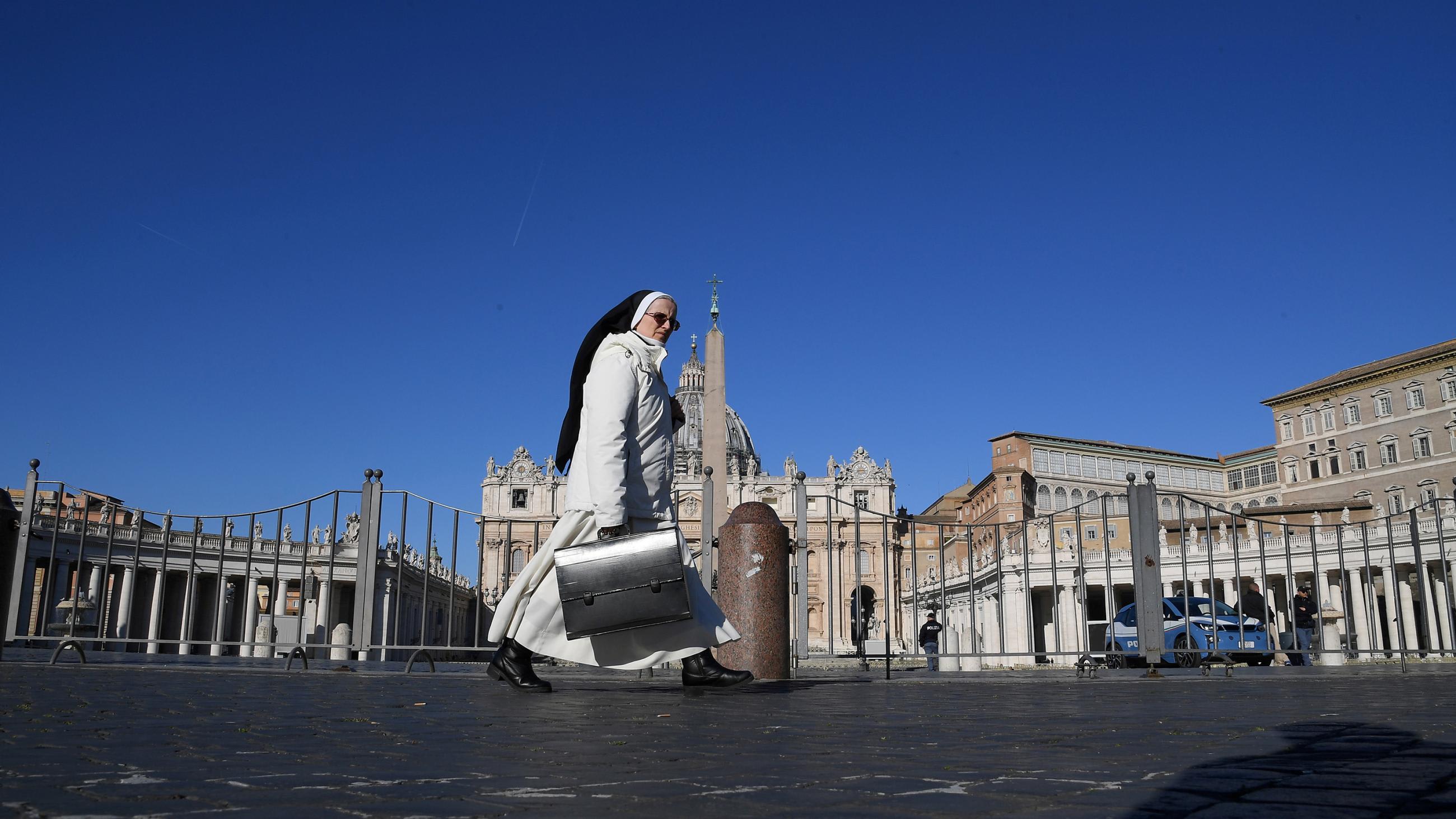
EDITOR'S NOTE: This story was originally published in March and updated in early April to reflect the latest data on reported cases from numerous countries.
